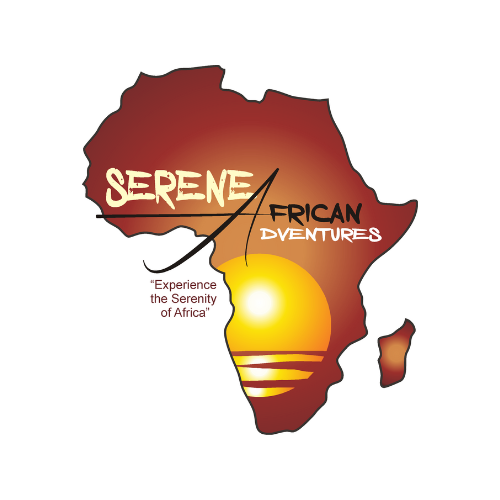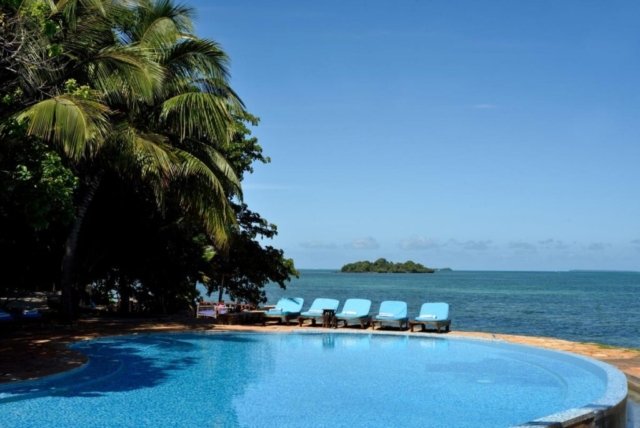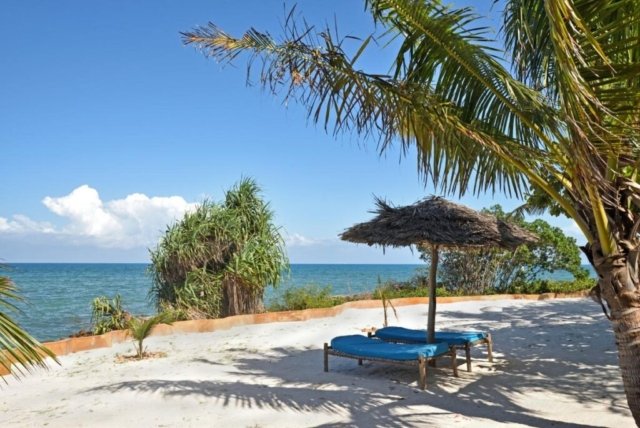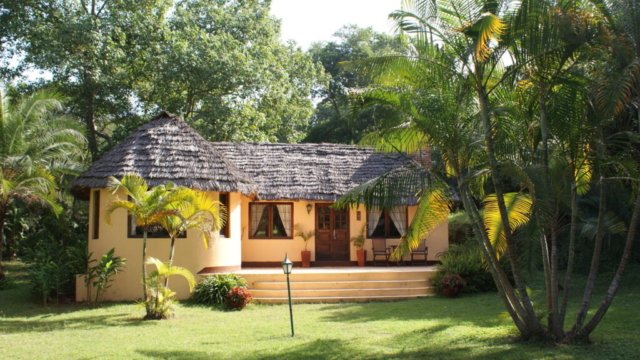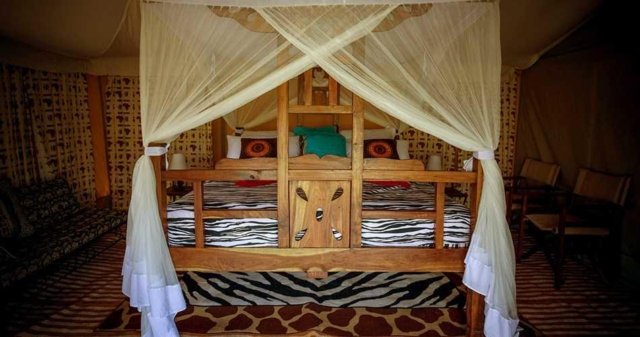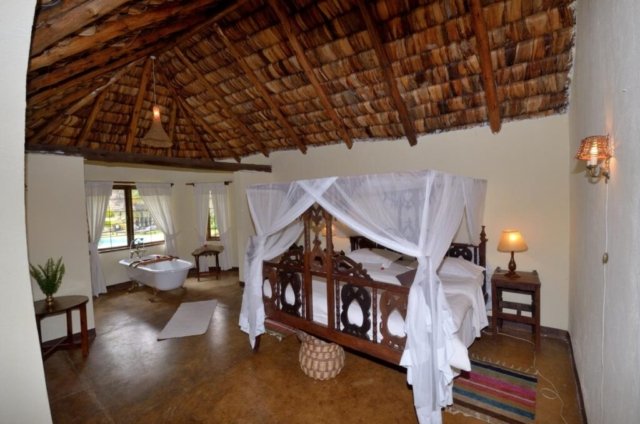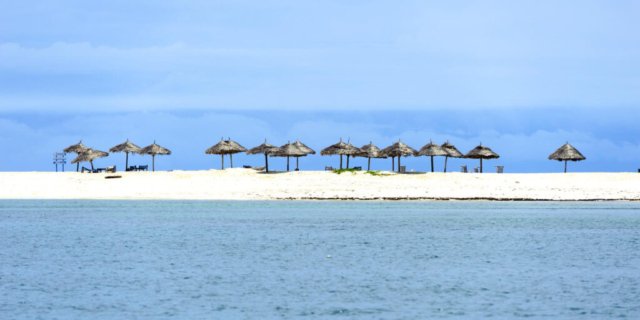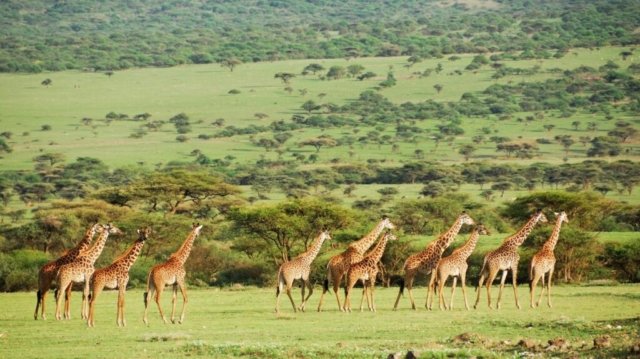Tanzania
Explore Tanzania
Tanzania is an East African country known for its vast wilderness areas. They include the plains of Serengeti National Park, a safari mecca populated by the “big five” game (elephant, lion, leopard, buffalo, rhino), and Kilimanjaro National Park, home to Africa’s highest mountain. Offshore lie the tropical islands of Zanzibar, with Arabic influences, and Mafia, with a marine park home to whale sharks and coral reefs.
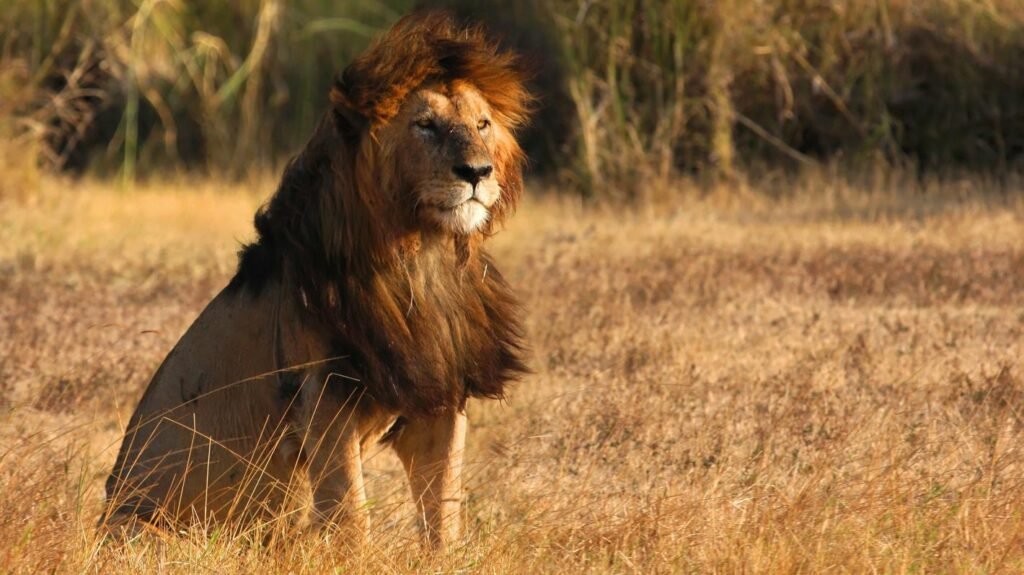
Find Adventure in Life
The Azam Marine ferry makes for a wonderful adventure from Dar es Salaam to Zanzibar. Passengers can sit out on deck as the catamaran edges away from the mainland, taking in the sea breeze, admiring the quaint little fishing boats bobbing about in the sunshine, and watching giant trawlers heading out into the glistening sea
Mount Kilimanjaro is a treasure of Tanzania and a popular attraction for tourists wanting to conquer Africa’s tallest mountain
Set back from the famous Ngorongoro Crater and its plethora of lodges, the Highlands domes’ wild, remote, forest-edge location is one of the key selling points. The accommodations were custom-built to make it easy to take in incredible views. Asilia, the safari outfitter that owns these dwellings, prides itself on the authenticity of the experience, so trips to visit local Maasai communities are low-key and varied, with a different village visited each day.
Fragrant spice tours, ancient architecture, beaches as white as the inside of a coconut: Zanzibar is the stuff of travel legends. One of the many idyllic beaches to choose from in Zanzibar is Matemwe, which has a laid-back, village charm to it. About an hour’s drive from Stone Town, Matemwe is a place of pure relaxation, where you can wade in the balmy Indian Ocean or sit on the perfectly pale sand under the shade of the palm trees. Should the novelty of lazing about wear thin, head for the One Ocean dive center, which offers snorkeling and scuba-diving trips off the shore.
Changuu Island, also known as Prison Island, is about a 30-minute boat ride from Stone Town. The water around the island is crystal-clear and cerulean blue, which makes snorkeling here hard to resist, but a visit also lets you gain an understanding of a grim period of Zanzibar history.
The Mafia Archipelago (its name is said to come from the Arabic word morfiyeh, which means “archipelago”) consists of several islands and atolls, the largest of which is Mafia Island itself. Mafia Island is a nearly undiscovered alternative to Zanzibar, with similar picture-perfect beaches and diverse marine life, but without the crowds of tourists. Its history can be traced back to the 8th century, when boats would stop to refuel and repair along the lucrative coastal trade route. This legacy is evident in the crumbling ruins of a former town called Kua, which include a mosque and unexcavated Chinese and Persian pottery. South of the island is the submerged town of Kisimani Mafia, which was destroyed and submerged by an 1872 cyclone and has yet to be fully excavated. A protected marine preserve encompasses the islands and reefs, making this region is a diver’s paradise. Mafia Island Lodge offers makuti (similar to thatch-roofed) rooms with sea views, plus fishing, biking, walking, diving, and snorkeling, as well as historical and cultural tours.
Tab Content
The largest of Tanzania’s state-administrated national parks, Ruaha is home to the Great Ruaha River, imposing baobab trees, and one of the greatest populations of elephants in any African park. It has few lodges and therefore few tourists. It is also wilder than its close neighbor, the Selous Game Reserve, and boasts a truly authentic safari experience. Night driving is not permitted, nor are walking safaris, generally, due to the large number of elephants here. But hidden away on the Jongomero River in the remote southern area of the park is the Jongomero Camp, which is both fantastically luxurious as well as truly one with its surroundings. It is possibly the best camp in the whole of Tanzania, and its guides are second to none. In addition to the breathtaking campsite itself, it offers “fly-camping” trips on which the adventurous traveler can spend the night under the stars.
Gombe Stream National Park is home to the Gombe Stream Research Center. Founded in 1967, it is a living laboratory, and a testament to the pioneering research and conservation efforts conducted by Jane Goodall on behalf of the park’s chimpanzee population. The smallest of Tanzania’s national parks, Gombe is set on the glistening shores of Lake Tangyanika and is surrounded by ancient forest and cavernous valleys. To embark on an unforgettable, several-day chimp-tracking experience, you get to the park via motorboat from Kigoma or take a local lake-taxi. A stay at Gombe Forest Lodge provides a lush, intimate haven to rest weary feet after a morning’s trek: Enjoy a dip in the crystal-clear lake, and a sundowner around the fire beneath the brilliant backdrop of stars and mystical shadowy trees.
The Singita Mara River Tented Camp sits amidst the 98,000 acres of northern Tanzania’s Lamai. It is one of the few permanent sites for travelers in this triangle of land sandwiched between the Maasai Mara National Reserve in Kenya and the Mara River in the south. Singita, however, still mimics the adventurous vibe of a mobile safari: Its tents are outfitted with everyday African objects that have been reimagined by local craftspeople. For example, decorative wire baskets mimic the shape and design of the ones traditionally used for sorting grain, and textiles with Maasai-inspired patterns in red, black, and blue add interest to the predominantly neutral interiors. And everything, from the pool pump to the cordless hair dryers, runs on the latest renewable-energy technology (the camp is completely off the grid)
The historic MV Liemba is the oldest functioning ferry in the world, and a voyage down Tanzania’s Lake Tanganyika on this landmark is a colorful experience. Your fellow passengers will include traders loading and unloading cargo (anything from pineapples to flip-flops) and locals using the ferry for transport. On the southbound journey, the boat departs from the town of Kigoma and travels 300 miles to Zambia, where its makes its first port of call on land. But in between those two stops, while still on the water, travelers can transfer to smaller ships in order to reach places like Lagosa (a jumping-off point for the Mahale Mountains National Park) or the peaceful beach area of Kipili.
Experience the best of Stone Town, Zanzibar with this comprehensive guide. Nestled along the picturesque shores of the Indian Ocean, Stone Town is a historical city located on the island of Zanzibar, off the coast of.
Stone town is the historic center of Zanzibar City and a UNESCO World Heritage Site. It is a fascinating blend of African, Arab, and European influences, with narrow streets, old stone buildings, and bustling markets. The best way to explore Stone Town is on foot. Join a guided walking tour to gain insights into the history, culture, and architecture of Stone Town and Zanzibar Island. A knowledgeable guide will lead you through the narrow streets, sharing stories that bring the town’s past to life.
These are the top Stone Town tourist attractions that you should include in your Stone Town Walking Tour:
The Old Fort of Zanzibar.
House of Wonders
The People’s Palace Museum.
Freddie Mercury Museum
Darajani Bazaar
Old Slave Market/Anglican Cathedral
St Joseph’s Cathedral
Forodhani Gardens & Cape Town Fish Market
Old Dispensary
